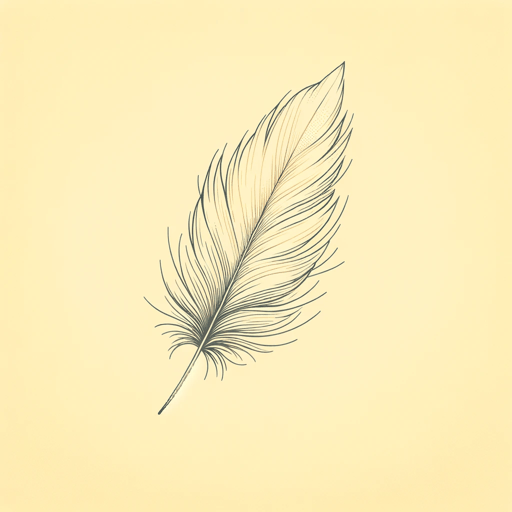58 pages • 1 hour read
Betty MahmoodyNot Without My Daughter
Nonfiction | Autobiography / Memoir | Adult | Published in 1987A modern alternative to SparkNotes and CliffsNotes, SuperSummary offers high-quality Study Guides with detailed chapter summaries and analysis of major themes, characters, and more.
Symbols & Motifs
The Chador
Throughout the narrative, the chador represents the oppressive gender norms and restrictions imposed by Iranian society. For Betty, an American woman accustomed to a more liberal and egalitarian lifestyle, the chador becomes a physical manifestation of the cultural clash she experiences upon her arrival in Iran. The act of donning the chador is not merely a change of clothing but a surrender to a set of rules that dictate women’s behavior and visibility in public spaces.
The chador also becomes a tool for violence when Betty is encircled by the Iranian morality police, the pasdar, and ordered to correct the mistake of showing a piece of hair. The chador adds to Betty’s troubles, as she has to show her husband that she is able to adapt to the Iranian lifestyle. The chador’s significance extends beyond its literal function as clothing, for it encapsulates the broader theme of cultural oppression and underscores the stark differences between American and Iranian lifestyles.
The Nasr
When she feels cornered by her circumstances, Betty seeks help from God. The term nasr, which is rooted in Islamic tradition, represents a plea for God’s assistance and mercy. These moments underscore Betty’s coping mechanism and her attempt to find solace and support beyond the tangible hardships that she faces.

